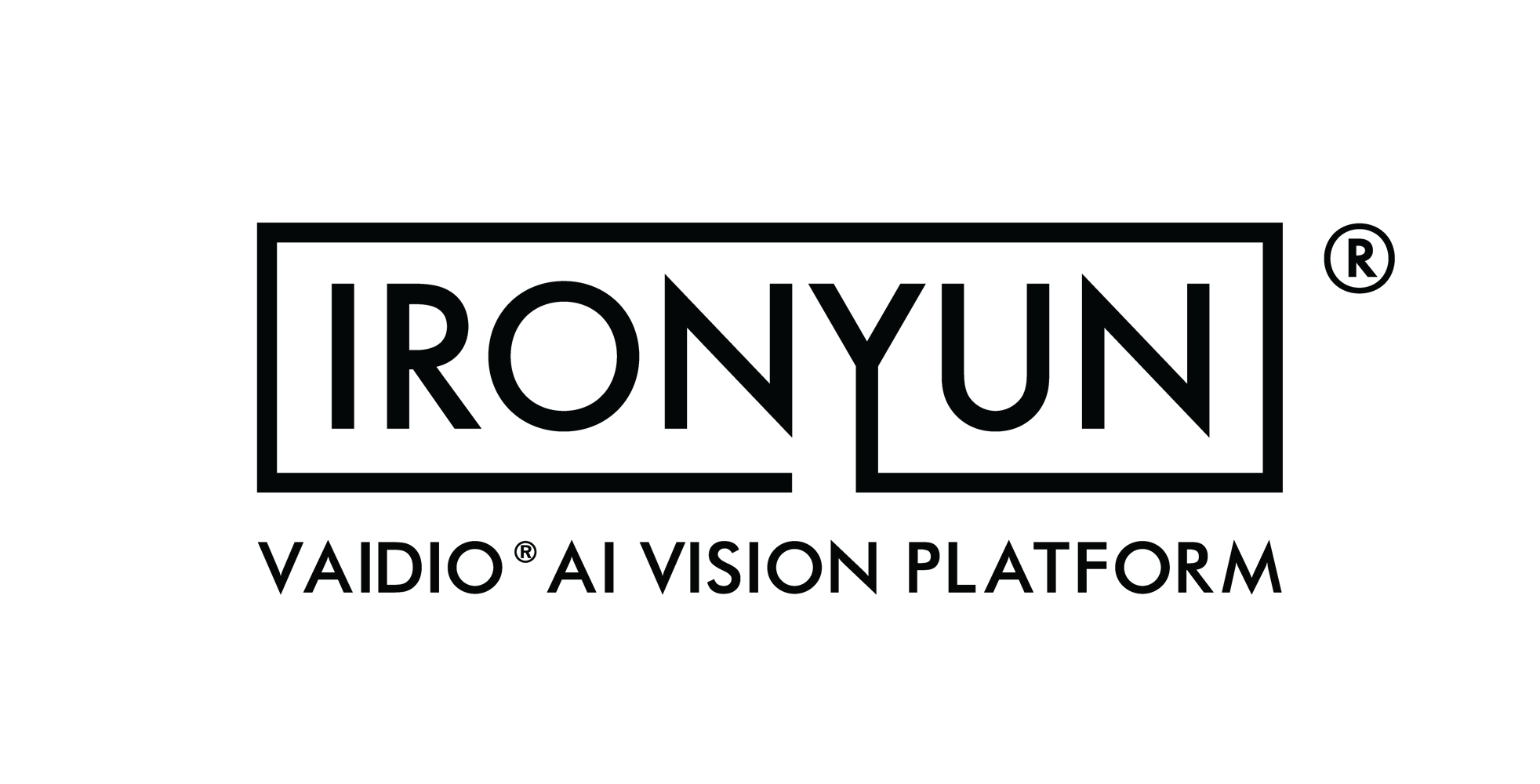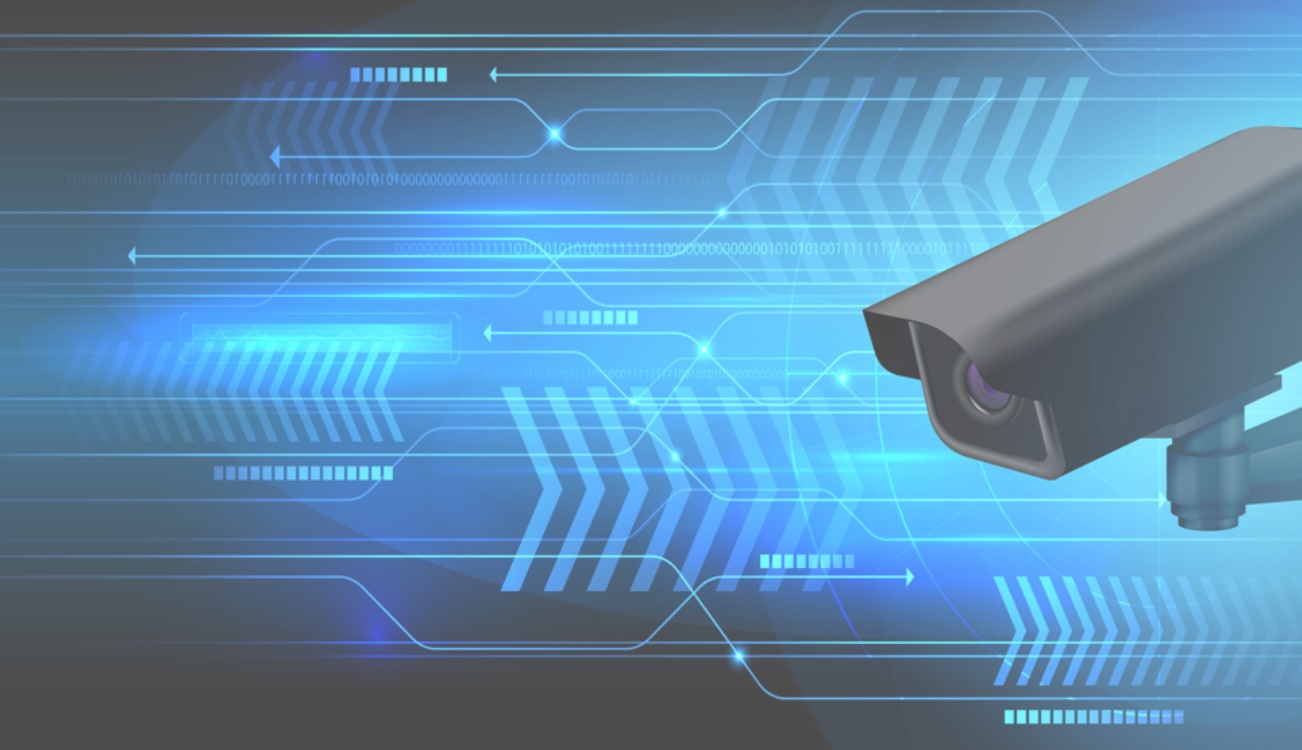
Video analytics is an essential tool for monitoring video streams in real-time, and for forensic investigation of stored video. It aids in analyzing events or certain behavior patterns in a monitored environment, thereby allowing users to extract insights from the video data and make wise and more informed decisions.
In a recent report by MarketsandMarkets, the global video analytics market is anticipated to achieve a 20.4% annual market growth rate between 2021 and 2026. This rise is mainly due to the growing use of video analytics in new and different settings. Advanced video analytics can deliver valuable new insights and alerts, observe real-time behaviors, monitor traffic, and increase security, safety and operational efficiency.
Another key driver for the growth of this segment has been an increase in mass adoption across various verticals such as in the security industry and retail and transportation due to the high demand for real-time visibility into business operations.
Here are some of the emerging trends that are expected to shape the future of video analytics:
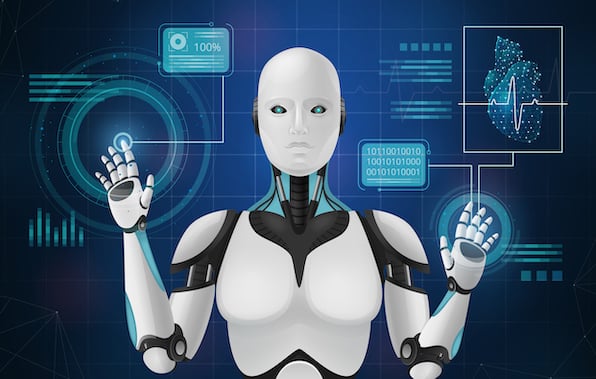
Artificial Intelligence (Deep Learning and Machine Learning)
Over the last few years, AI has emerged as one of the most widely used technologies to create computer programs capable of performing tasks normally requiring human intelligence.
The usage of AI in video analytics is expected to gain momentum as it can help analyze massive amounts of data and provide users with real-time alerts for events or behavior patterns instead of relying on manual inspection by humans, which is often time-consuming, tedious, costly and inaccurate.
Computer vision has been around as an idea for a long time, but historically it’s had issues with accuracy and performance. With the development of deep learning and machine learning, the accuracy and speed at which video analytics systems can analyze data have significantly improved. The evolution of deep neural networks has paved the way for more intelligent video surveillance systems that can recognize multiple objects and attributes within video, provide useful facial recognition solutions, improve motion detection, and improve license plate recognition in real-world conditions.
This is expected to encourage more adoption of AI in video analytics applications across multiple industry verticals due to its ability to improve accuracy, reduce human effort, increase efficiency, and offer self-learning capabilities.
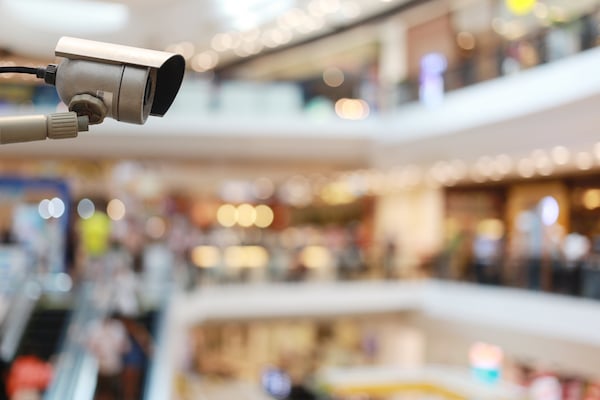
Video Analytics and Retail
In the retail segment, smart technologies in video surveillance are used to reduce shrinkage. AI-enabled video analytics can identify suspicious behavior and activity that could indicate a possible theft without any personal bias. This results in stronger preventive measures, faster response times, and better accuracy against false alarms – again, thanks to artificial intelligence and machine learning algorithms that continuously evolve with new data.
Video Analytics and Access Control
AI video analytics also employ deep learning for facial recognition. Video analytics may now analyze facial data more quickly by providing more accurate face detection with a quicker response time, which can be used in a positive way to improve visitor management and speed access control operations. AI can compare faces to an authorized database and signal an access control system to unlock a door for touchless access control.

Video Analytics For Better Security
One of the biggest benefits offered by video analytics is its ability to detect and identify intrusions or suspicious behavior in real-time. For instance, an advanced video analytic solution would be able to distinguish between a deer walking near a fence and a human trying to hop over it.
Video Analytics For Health and Safety
AI-enabled video analytics can provide “always-on” monitoring capability to monitor and alert on face masks, distancing, occupancy, falls, fighting, pedestrians walking into a restricted area or too close to moving or dangerous equipment, the presence or lack of PPE, and more. Use cases like these can help users prevent fraudulent transactions, provide alerts for possible thefts or accidents in warehouses, and reduce human efforts by automating security monitoring, access control, and compliance with health and safety protocols.
Challenges
The lack of advanced analytics systems is often cited as one of the biggest challenges businesses face relative to current video surveillance solutions. While traditional video analytics systems could provide users with basic insights like detecting motion and recording events, they lack the advanced intelligence to help analyze such information at a deeper level which is needed for effective physical security and safety management. The need of the hour is advanced video analytic solutions that leverage artificial intelligence and machine learning to provide businesses with much-needed next-level security capabilities.
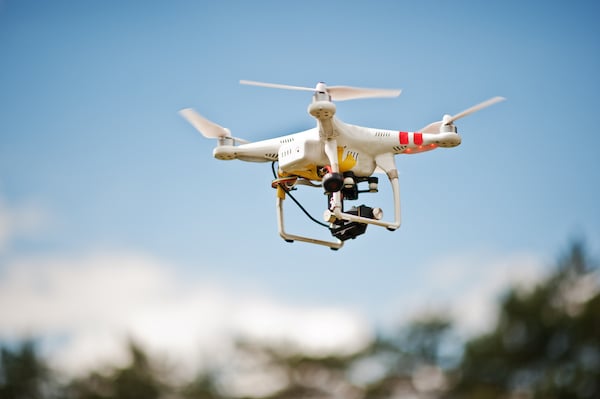
Drones and Smart Sensors
The integration of IoT devices and smart sensors with video surveillance systems will be a major aspect of future-generation security and monitoring solutions. Unmanned aerial vehicles (UAVs) (i.e., drones) are presently used to provide video surveillance flexibility and capabilities that would otherwise be unattainable using regular fixed cameras.
While drones are mostly employed for commercial purposes, they have also gained popularity in the security services segment. Autonomous drone technology is also being used to collect data about endangered species, wildlife activities, and environmental conditions that would be difficult or impossible for human operators to reach on their own.
Drones equipped with sensors like LiDARs (Light Detection And Ranging) can help create extremely high-resolution maps autonomously even at night, making them ideal for detecting accidents or collisions along highways during low light conditions when traditional cameras may fail miserably due to lack of visibility.
The combination of ai-enabled video analytics with advanced drone cameras will further advance and strengthen security operations in the years to come.
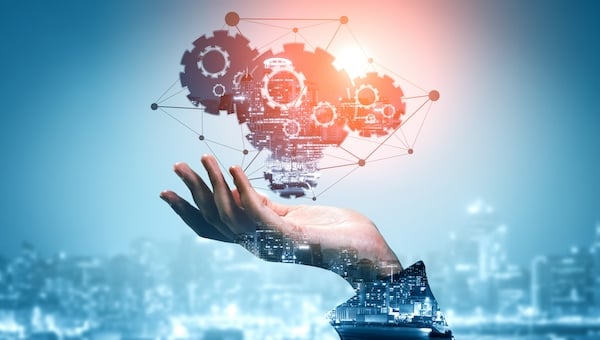
AI-Vision Enabled Business Intelligence
AI-powered video analytics solutions are not limited to the security and surveillance sectors alone. Data from AI video analytics is being extracted and used in retail, healthcare, manufacturing, transportation, logistics, and energy applications. AI vision is helping to create smart cities, using LPR (license plate recognition) to better track traffic, vehicle-related crime, stolen license plates, and critical infrastructures like roads and public transportation systems. Advanced AI-enabled video analytics systems can also enable closer to real-time situational awareness and alerts to accelerate response times and corrective actions. Predictive analytics offer improved insights from video data to improve the efficiency of business operations.
AI-powered video analytics solutions are not limited to the security and surveillance sectors alone. Data from AI video analytics is being extracted and used in retail, healthcare, manufacturing, transportation, logistics, and energy applications. AI vision is helping to create smart cities, using LPR (license plate recognition) to better track traffic, vehicle-related crime, stolen license plates, and critical infrastructures like roads and public transportation systems. Advanced AI-enabled video analytics systems can also enable closer to real-time situational awareness and alerts to accelerate response times and corrective actions. Predictive analytics offer improved insights from video data to improve the efficiency of business operations.
Integrating Video Analytics With Other Data Sources
Video analytics is no longer limited to video feeds alone; integrating AI vision with chemical and audio sensors, for vape or gunshot detection, for example, can help increase security and safety coverage across school and corporate campuses. Another example is combining RFID with AI to create smart parking solutions that can track occupancy lev els in real-time, guide drivers to available spots and even alert them about upcoming events or promotions.
The need for multi-sensor integration is also expected to increase drastically over the next few years owing to the growing demand from various application verticals like manufacturing plants, warehouses, refineries/oil & gas exploration facilities where IoT devices are being integrated with other technologies such as sensors (WiFi, RFID), LiDARs, GPS tracking systems, and others for increasing safety, improving operational efficiency, and generating more accurate insights into business operations.
The Future of Video Analytics
The video analytics market size is estimated to reach $14.9B by 2026, a $9B jump from its 2021 figures. It is no wonder that the adoption of key technologies such as artificial intelligence and machine learning algorithms, edge analytics, predictive and reactive analytics, and wireless features like RFID and IoT sensors has significantly increased the demand for enterprise-level solutions in different applications like business intelligence, intrusion detection, crowd management, manufacturing safety, and city surveillance.
With quantifiable insights and advanced solutions geared towards improving the efficiency and productivity of organizations and cities alike, AI-enabled video analytics is definitely poised to become a central aspect for future-ready enterprises and cities alike.
